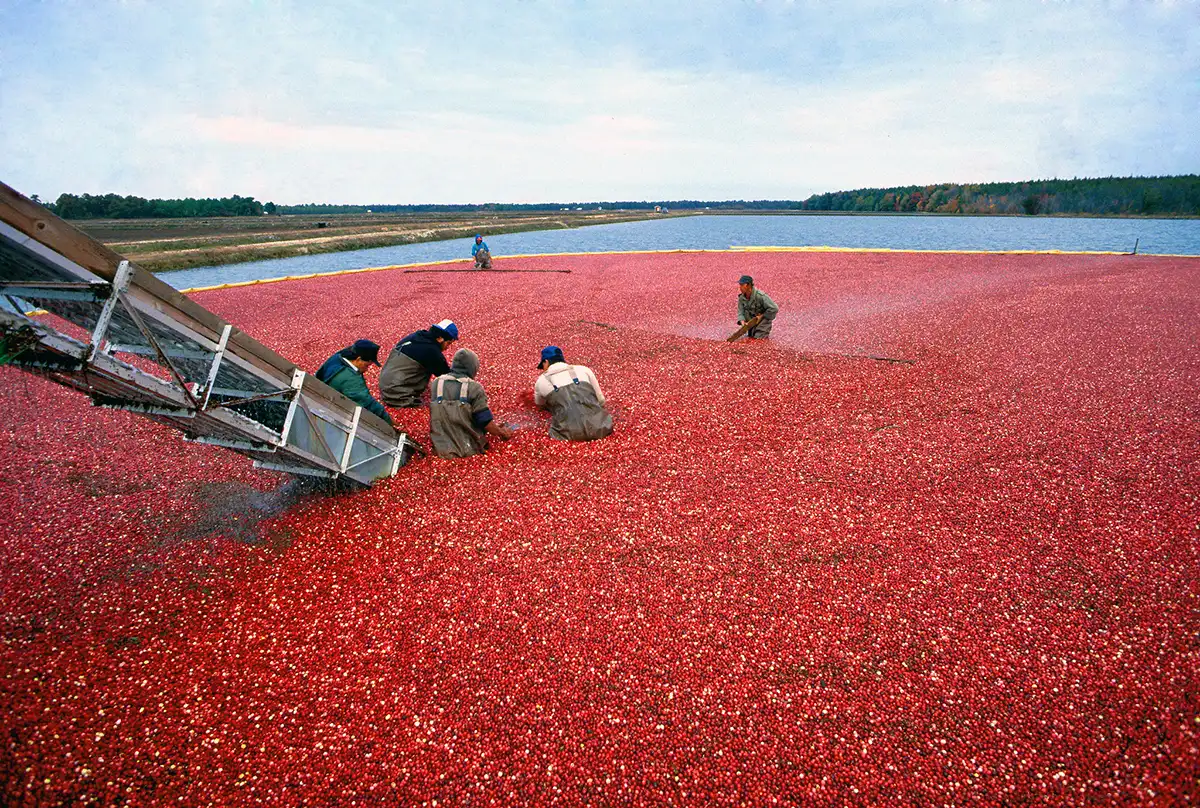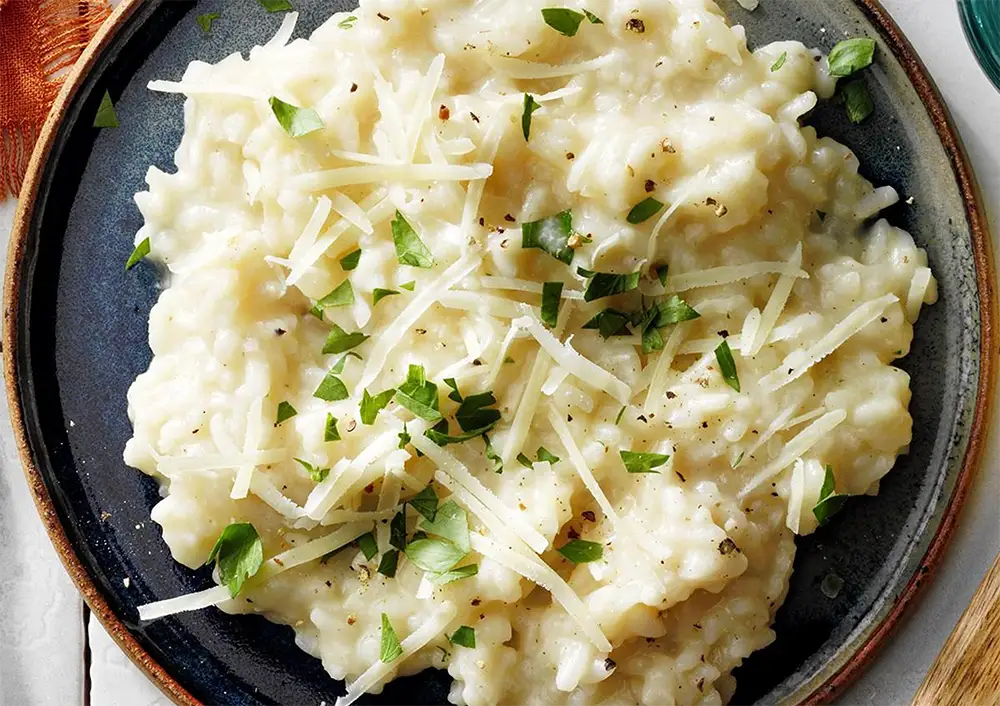The Cranberry
New Jersey is the third-largest cranberry-producing state in the U.S. with most cranberry growing taking place in Burlington County.
The United States, Canada, and Chile accounted for 98 percent of the world production of cranberries in 2017. Most cranberries are processed into juice, sauce, jam, and sweetened dried cranberries, or sold fresh to consumers. Cranberry sauce (or relish) is a traditional accompaniment to turkey on winter holiday tables in the United States and Canada, and at Christmas dinner in the United Kingdom.
American Revolutionary War veteran Henry Hall first cultivated cranberries on Cape Cod around 1816. In the 1820s, Hall was shipping cranberries to New York City and Boston, from which shipments were also sent to Europe. In 1843, Eli Howes planted his own crop of cranberries on Cape Cod, using the “Howes” variety. In 1847, Cyrus Cahoon planted a crop of “Early Black” variety near Pleasant Lake, Harwich, Massachusetts.
By 1900, 21,500 acres were under cultivation in the New England region. In 2014, the total area of cranberries harvested in the United States was 40,500 acres (16,400 ha), with New Jersey as the third-largest cranberry-producing state, behind Wisconsin and Massachusetts.

Cranberry harvest at a farm in the New Jersey Pinelands in Burlington County.
The USDA began tracking New Jersey production in 1900, noting that 9000 acres were under cultivation. That acreage peaked in 1921 at 11,200 acres. Intensive farming techniques have increased yield per acre but total production continues to decline. In 2019, New Jersey cranberry production totaled 490,390 barrels, down 4 percent from the 2018 crop of 508,420 barrels. Total harvested cranberry acreage fell by 400 acres compared to the 2018 growing season of 3,100 acres.
The United States total cranberry production of 7.9 million barrels in 2019, was down from 8.9 million barrels the previous year. We need to eat more cranberries.
Nutrition
Raw cranberries are 87% water, 12% carbohydrates, containing negligible protein and fat. A 100 gram serving of raw cranberries will supply 46 calories and moderate amounts of vitamin C, dietary fiber and the essential mineral, manganese. Dried cranberries are processed with up to 10 times their natural sugar content, while the drying process eliminates the vitamin C content.
More Recipes
Recipe Box
Lorem Ipsum is simply dummy text of the printing and typesetting industry.
Parmesan and Shallot Risotto
A yummy side to warm your heart and taste buds!
View All Recipe
Stay Connected
Sign up for e-news to learn about special events and offerings.